To build a rainwater collection for your home, you must choose whether to go for rooftop rainwater harvesting or surface rainwater harvesting. The cost of a rainwater collection system varies by the type, material used, and the total number of components. The average estimated cost of a rainwater collection system ranges from $4000 - $16,000. By collecting rainwater, communities can rely less on imported water, making them more self-sufficient. It’s an easy and effective way to reduce water waste and protect natural resources.
You can use electrical appliances in your rainwater harvesting system for advanced purification and filtration. A solar power system like Jackery Solar Generator is a reliable option for powering these electrical appliances. These solar generators operate on solar energy and can power essential appliances such as water pumps, water heaters, and UV purification systems. Depending upon your needs, you can choose from various sizes and capacities of this solar generator to fulfill your power needs.
Key Takeaways
- Rainwater harvesting Installation costs range from $4,000 to $16,000, depending on the system type.
- Solar-powered systems such as Jackery Solar Generator are eco-friendly for running pumps and filters.
- Rainwater harvesting is legal in most U.S. states. However, Colorado and Utah have restrictions due to water rights concerns.
- Rainwater collection is legal and encouraged in Texas, with tax incentives and exemptions available.
Why Rainwater Collection is a Sustainable & Cost-Effective Solution
Rainwater collection is an innovative and eco-friendly way to conserve water. It allows homeowners to capture free rainwater and store it for later use. This reduces the need for municipal water, lowers water bills, and helps the environment. Rainwater harvesting helps prevent stormwater runoff, which can carry harmful chemicals and pollutants into rivers and streams. Slowing down runoff reduces erosion and protects local waterways. Using collected rainwater for irrigation and other needs also decreases the demand for city water supplies. This lowers the cost of water treatment and benefits the entire community.
Understanding Rainwater Collection Laws
Rules for rainwater harvesting may limit the number of containers and storage capacity. They may also set guidelines on how the water can be used and how clean it must be. Some regulations cover the size and placement of overflow pipes, while others decide whether underground storage tanks are allowed.
Why is Rainwater Collection Illegal in Some States?
Rainwater harvesting is legal in most U.S. states, and some even encourage it. Only Colorado and Utah have restrictions due to water rights concerns. Most states support it for water conservation and stormwater management. The federal government does not regulate it, leaving rules to individual states. Since laws vary, always check local regulations before installing a system.
Is Rainwater Collection Illegal in Texas? Understanding the Laws
No, rainwater collection is not illegal in Texas. Texas actively encourages it. Many counties offer tax incentives, and rainwater harvesting systems have a sales tax exemption. The state even has the Texas Rain Catcher Award to recognize efforts in water conservation. Additionally, some new state buildings must include rainwater harvesting systems in their design.
How to Legally Install a Rainwater Collection System in Residential Areas
Legally installing a rainwater collection system in residential areas is allowed in all 50 U.S. states. However, specific regulations and requirements vary depending on the state, intended water use, and location. Before setting up a system, it's important to check local rules to ensure compliance with potable and non-potable water use laws.
- Use New Containers: Always use brand-new ANSI/NSF-listed tanks, barrels, or cisterns for potable water.
- Choose Opaque Containers: Prevent algae growth by using opaque or painted containers to block sunlight.
- Ensure Watertight Seals: All plumbing and storage equipment should be leak-proof.
- Keep It Secure: Cover the system to prevent accidents or entry by animals and children.
- Prevent Pests: Use screens or closures on all inlets and outlets to block insects like mosquitoes.
- Filter Debris: Install inlet screens to prevent leaves and dirt from entering the system.
- Overflow Management: Ensure the system has an overflow discharge to handle excess water.
Permits & Regulations: What Homeowners Need to Know
Rainwater harvesting laws and permits are managed by individual states, not the federal government. Each state has different rules based on geography, water rights, and local policies. Some states and cities offer incentives like rebates or tax credits for installing rainwater collection systems. Before setting up a system, homeowners should check with their state, city, or county authorities to understand any required permits, regulations, or available incentives.
Types of Rainwater Collection Systems
Different rainwater collection systems include basic barrels, gutter and downspouts, underground storage, and collection systems. These types are based on the catchment areas, and here is a detailed understanding of each:
Basic Barrel System
A rain barrel is a simple way to collect and store rainwater from your roof. It is usually placed at the end of a gutter downspout to catch runoff. These barrels typically hold 200–300 liters of water, which can be used for gardening, landscaping, and other outdoor needs. This system is eco-friendly, conserves water, and reduces reliance on municipal supplies.

Gutter & Downspout Systems
Gutters and downspouts help direct rainwater from the roof to a collection system or drainage area. A downspout is a vertical pipe that channels water safely to the ground, preventing damage to the home’s foundation. They need regular cleaning to avoid clogs and can last up to 50 years with proper maintenance.
Underground Storage Systems
Underground tanks store collected rainwater while saving space above ground. Water flows into the tank using gravity or pumps and is treated for safety using filtration or UV treatments. These tanks protect water from sunlight, evaporation, and contamination. When needed, a pump system moves the stored water to taps, sprinklers, or other outlets. Some advanced systems include sensors and diagnostic tools for easy maintenance.

Rainwater Collection Kit
According to the US Department of Energy, a rainwater collection kit includes a roof surface, gutters, and filters to direct and store rainwater. The roof and gutters must be kept clean, especially after storms or extended dry periods. Some kits come with filtration systems to improve water quality. This system is a convenient way to set up rainwater harvesting at home.
Filtration & Purification for Rainwater Collection System
Filtration is a crucial step in any rainwater harvesting system. A filter's effectiveness depends on the smallest particle size it can trap—the smaller the micron size, the better the filtration. Purification is necessary to make rainwater safe for drinking. As rain falls, it collects dust, smoke, and pollutants from the air and rooftop, including harmful substances like lead, bacteria, and viruses. Advanced purification methods like reverse osmosis and distillation are highly effective in removing these impurities.
Jackery Solar Generator for Filtration System
Every nature lover needs sustainable power, and Jackery aims to bring green energy through its portable power devices. Jackery is a leading manufacturer of Jackery Solar Generators, Jackery Portable Power Station, and Jackery SolarSaga Solar Panels. These solar generators can power the appliances for rainwater harvesting.
Solar panels capture solar radiation when placed outside the sunlight's exposure and convert solar energy into electrical energy (DC). This DC energy is transferred to a portable power station and converted into AC energy, which powers the appliances for rainwater harvesting systems such as water pumps, UV purification systems, water heaters, etc.
Jackery Solar Generator 2000 Plus
The Jackery Solar Generator 2000 Plus is a sustainable, next-generation generator that can power heavy-duty appliances. It features an expandable capacity with additional battery packs and solar panels. Ideal for off-grid living and outdoor home backup power, this solar generator can power essential appliances for your rainwater collection and harvesting system, such as an off-grid water pump, backup water heater, and more. It operates quietly, making it a reliable and noise-free energy solution for sustainable water management.
Appliances Working Hours
- Water Pump (1500W): 1.1H
- Water Heater (1500W): 1.1H
- Reverse Osmosis (120W): 13.6H
- Electric Water Purifier (150W): 11H
- Submersible Water Pump (1500W): 1.1H

Customer Review
“Who works great power is what I need from you at the moment, and can add extra batteries in the future; very great product.”
- Brandon Skenandore
Jackery Solar Generator 1000 Plus
The Jackery Solar Generator 1000 Plus supports up to three add-on battery packs, ensuring 1-3 days of home backup power. This solar generator can power appliances such as UV water purifier filters, water heaters, and more for your rainwater collection and harvesting system. Despite a power outage, you can use this versatile solar generator without compromising your pure water needs. Its solar powering capability ensures a reliable, eco-friendly power source for uninterrupted operation.
Appliances Working Hours
- Water Pump (500W): 2.0H
- UV Water Purifier Filter (40W): 25.3H
- Reverse Osmosis (120W): 8.4H
- Electric Water Purifier (150W): 6.7H
- Submersible Water Pump (750W): 1.3H

Customer Review
“What an outstanding product! From how it was shipped to the manufacturing quality, it was outstanding!! Quality through and through. The chargers are up and ready for a power outage. Thank you, Jackery, for a great product.”
- Scott Field
How to Build a Rainwater Collection & Filtration System
To build a rainwater collection system, choose the right location, prefer the type based on the catchment area, set up the storage, and install filtration and purification systems. Here is a step-by-step process for building a rainwater collection and filtration system:
Step 1: Choosing the Right Location for Optimal Water Collection
Pick a spot for your rainwater storage tank that is easy to reach for maintenance. To collect water efficiently, it should be close to your roof’s downspouts.
Step 2: Installing Gutters, Downspouts, and Diverters for Efficient Water Flow
Set up gutters along the roof edges if you don’t have them. Connect downspouts to direct rainwater into the storage tank. Keep gutters clean to prevent blockages.
Step 3: Setting up Storage Tanks (Above Ground vs. Underground)
Choose an above-ground or underground tank based on space and capacity needs. It is sealed to keep out dirt, insects, and mosquitoes.
Step 4: Adding First-Flush Diverters and Mesh Screens to Prevent Debris Contamination
Install a mesh screen or first flush diverter to filter out leaves and debris before the water enters the tank. This keeps the water cleaner and safer. Mechanical filtration, such as sediment filters, also helps remove fine particles like sand and dirt, ensuring the stored water is clean and safe.
Step 5: Implementing Filtration & Purification (Solar-Powered Options Included)
Filters remove fine particles from the water. If rainwater is used for drinking, add a purification step like UV disinfection to kill bacteria and viruses. A typical filter system includes fiber, coarse sand, and gravel layers, which help remove debris and dirt before the water enters the storage tank. This process ensures cleaner water and prevents clogging or contamination in the system.

Some systems use a solar power supply to run water filters. These filters can include microfilters, carbon filters, or reverse osmosis to remove dirt, bacteria, and viruses, making drinking water safe. The Jackery Solar Generator provides reliable power for these filtration units, ensuring clean water even during outages.
Step 6: Connecting the System to Irrigation, Toilets, or Potable Water Supplies
Use collected rainwater for gardening, toilet flushing, and cleaning. If using it for drinking, install extra purification systems for safety.
Cost of Building a Rainwater Collection System
The cost of a rainwater collection system varies based on the type, method, material, and components. The average price ranges from $1,000 - $3,000, so this cost may rise to $16,000 at the high end.
|
Expense Category |
Estimated Cost (USD) |
|
Rain Barrels |
$120 - $160 |
|
5,000-Gallon Polyethylene Tank |
$2,000 - $4,000 |
|
Excavation Cost |
$440 - $760 |
|
Landscaping Labor |
$50 - $100 |
|
Sprinkler System & Irrigation |
$120 - $1,600 |
|
Downspouts Installation |
$300 - $600 |
|
Plumbing Installation |
$75 - $130 |
|
Filters |
$75 - $200 |
|
Conveyance System |
$100 - $1,500 |
|
Water Storage |
$120 - $2,000 |
|
Collection Area |
$500 - $5,000 |
|
Total Estimated Cost |
$4000 - $16,000 |
Note: The estimated cost breakdown is based on general data and the cost per hour. The price may vary depending on the rainwater system's type, material, and type (rooftop rainwater or surface runoff harvesting).
FAQs for Rainwater Collection
How does a rainwater collection system work?
A rainwater collection system captures rain from the roof or ground. It directs the water into storage tanks through gutters and filters. The water can be used for irrigation, cleaning, or purified for drinking.
Is rainwater collection legal in all states?
Yes, rainwater collection is legal in all U.S. states. Some states, like Colorado and Utah, have restrictions, but most encourage it for water conservation. Always check local laws before installing a system.
Do I need a permit to install a rainwater collection system?
Yes. Your state and local regulations manage rainwater harvesting permits. Some areas require permits for large storage tanks or potable water use. Check with local authorities before setting up a system.
Can I power my rainwater filtration system with solar energy?
Yes, solar generators like Jackery Solar Generator can power water pumps, UV purifiers, and filtration systems. This ensures clean water even during power outages.
How much does it cost to set up a rainwater collection system?
Setting up a rainwater collection system ranges from $4,000 to $16,000. The price depends on the type, storage size, materials, and extra components like filtration and plumbing.
Conclusion
Rainwater collection is a smart and eco-friendly way to conserve water. It reduces dependence on municipal water, lowers bills, and helps the environment. With the right system, you can collect and store rainwater for irrigation, cleaning, or drinking. Following local regulations ensures a safe and legal setup.
Using solar power makes rainwater harvesting even more sustainable. Jackery Solar Generators provide reliable energy for pumps, filters, and purification systems. They work during power outages, and support power needs even if you choose to survive living off the grid. With expandable capacity and quiet operation, these solar generators ensure clean water without harming the environment.
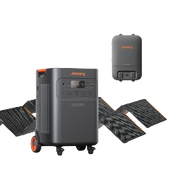
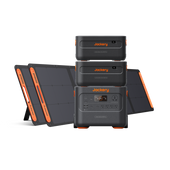
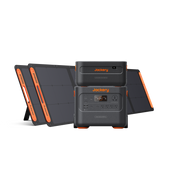
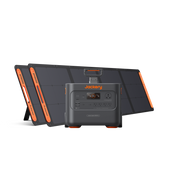

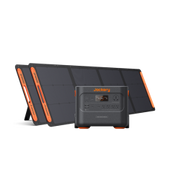
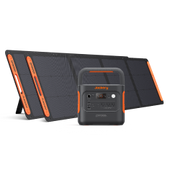

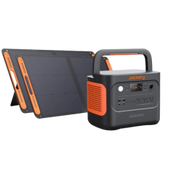
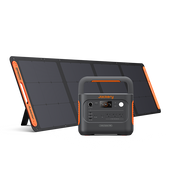
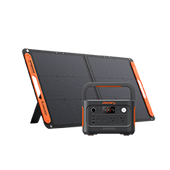

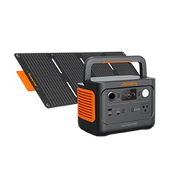

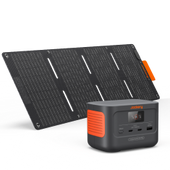
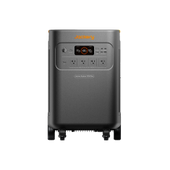

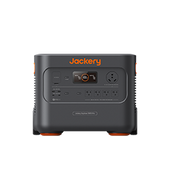
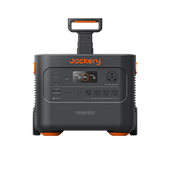
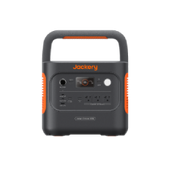
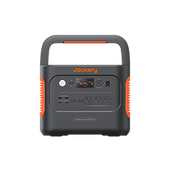

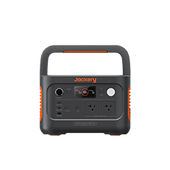
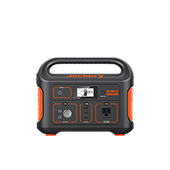
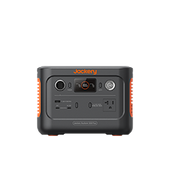

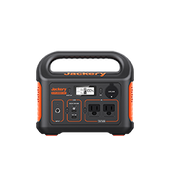
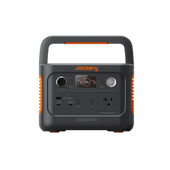
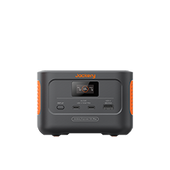



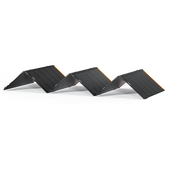
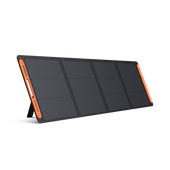
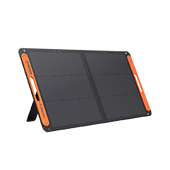
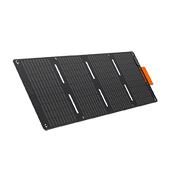
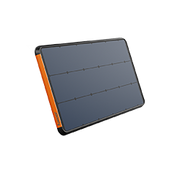
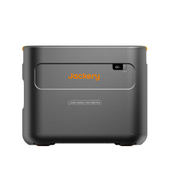



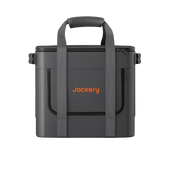

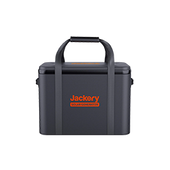

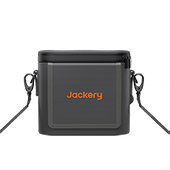
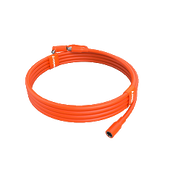

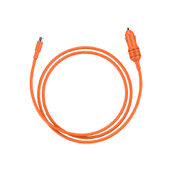

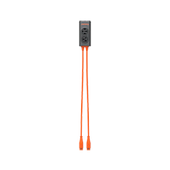
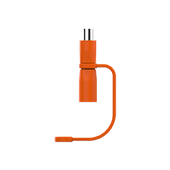
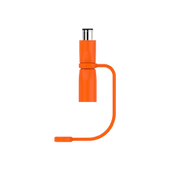


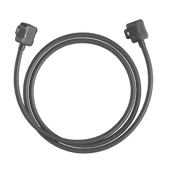
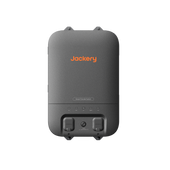
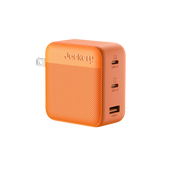




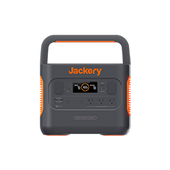
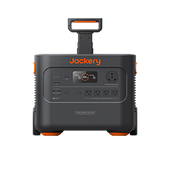
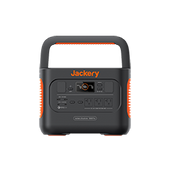
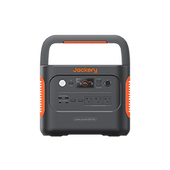
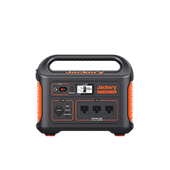
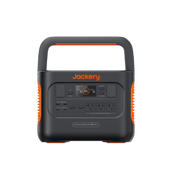
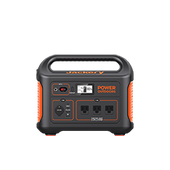
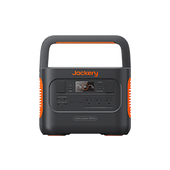
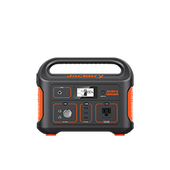
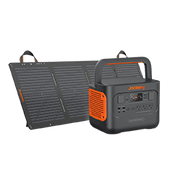
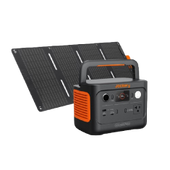
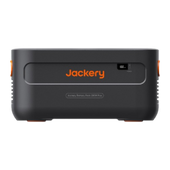
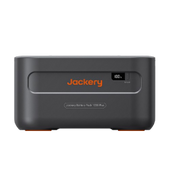


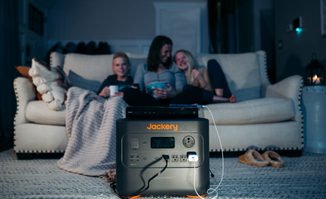

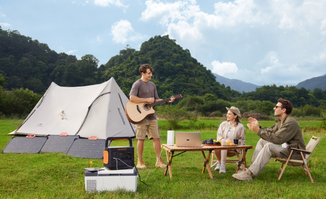
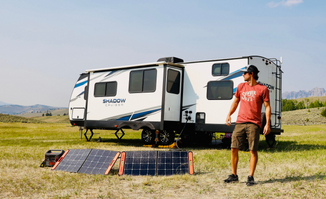





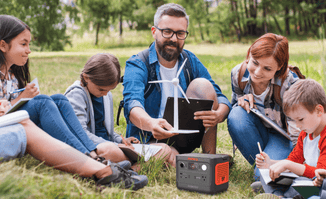





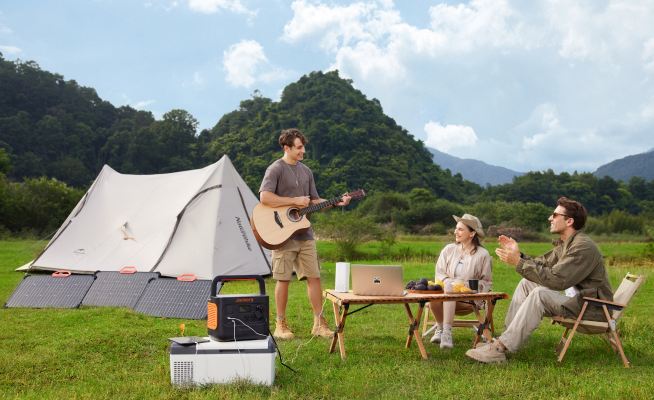
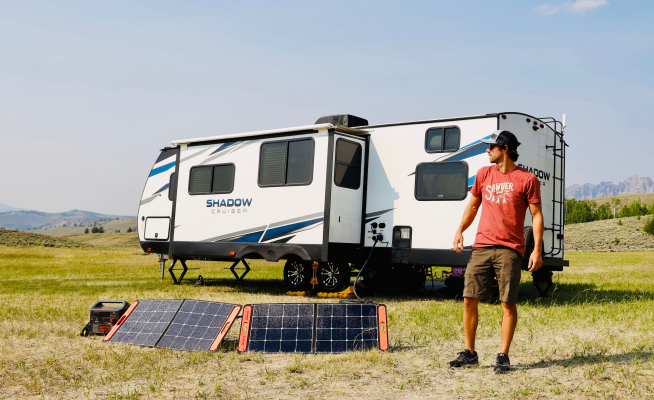

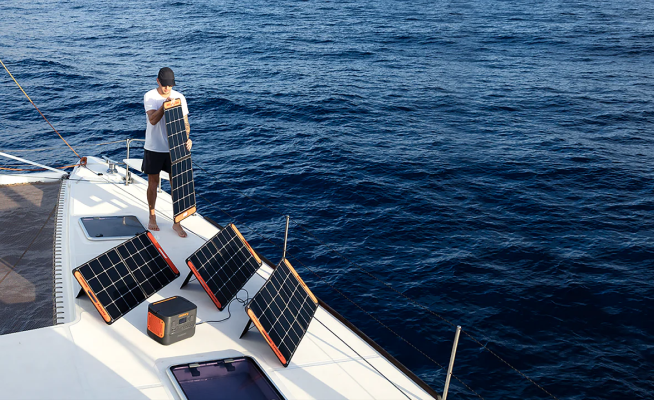
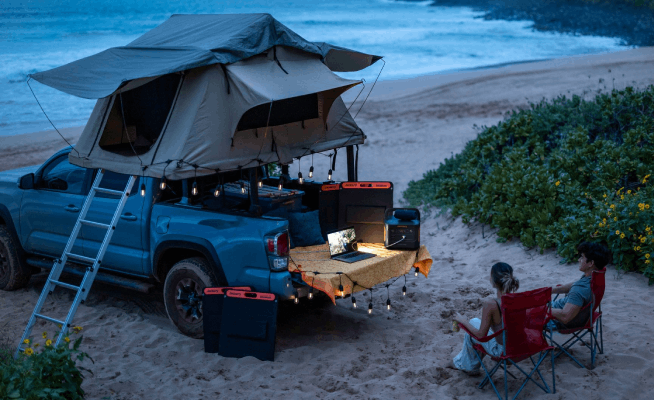
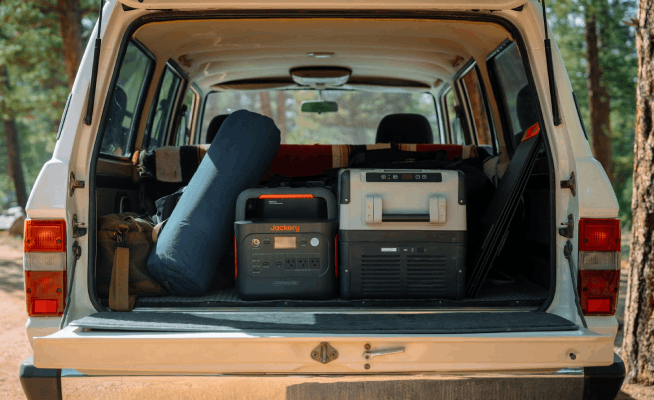
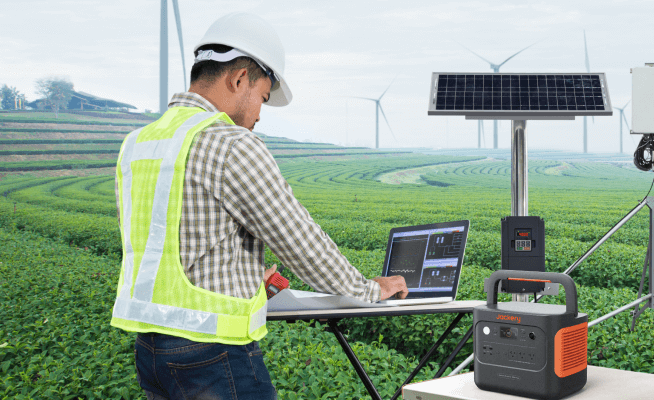
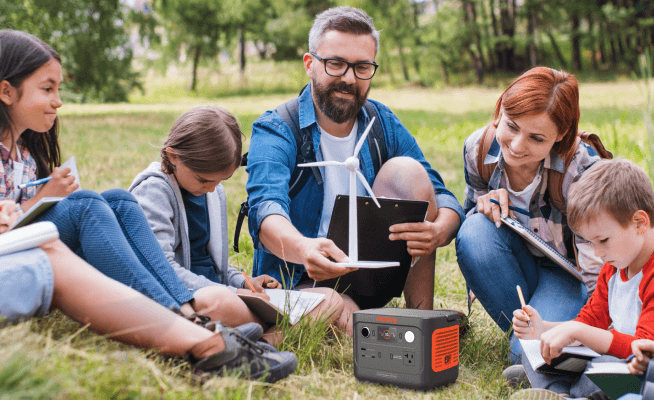
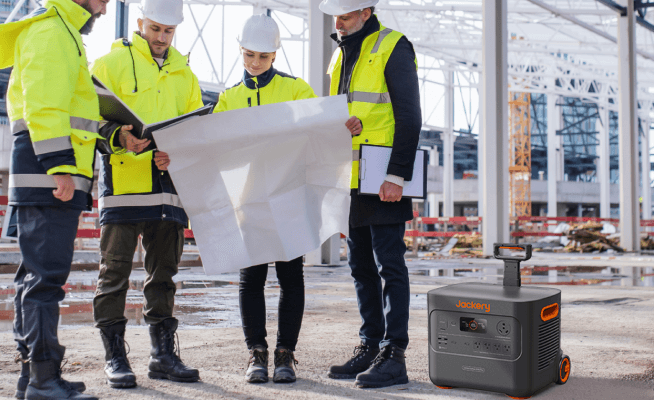



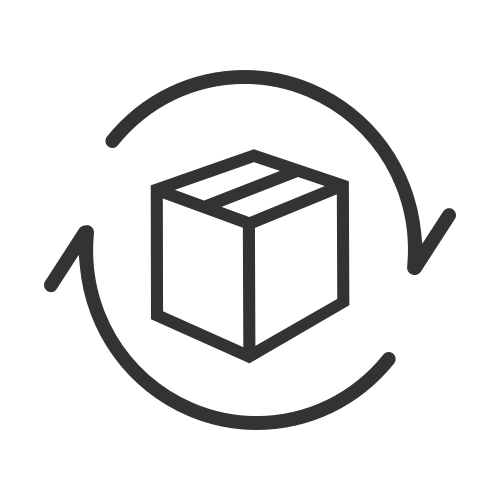










Leave a comment